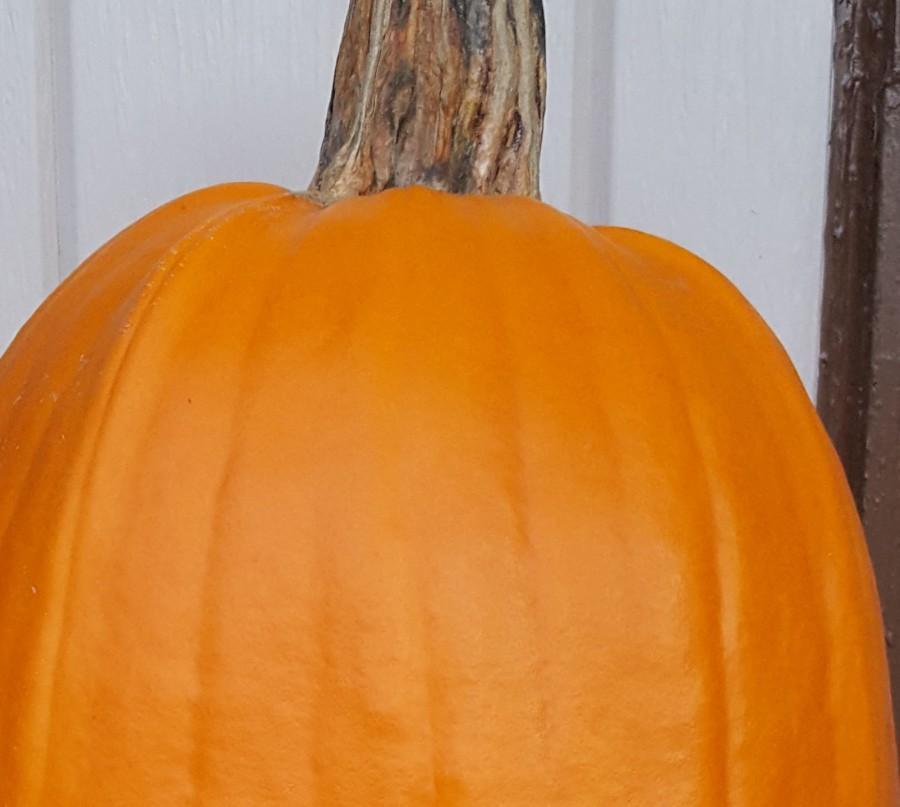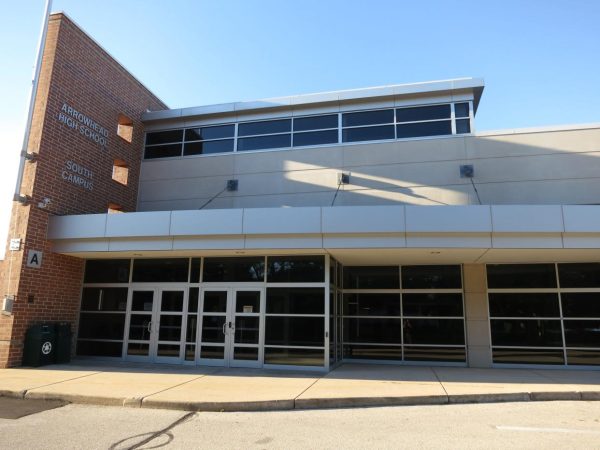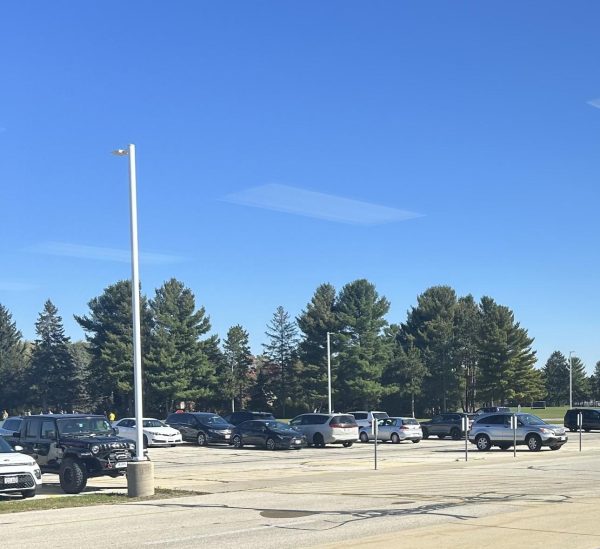Where did Halloween Come From?
Halloween’s origins date back to the ancient Celtic festival of Samhain, according to History website. The celts, who lived 2,000 years ago in what is now Ireland, the United Kingdom and northern France, celebrated their new year on November 1st. This day marked the end of summer and the harvest and the beginning of the dark, cold winter–a time of year that was often associated with human death.
The celts believe on the night before the new year, the boundary between the worlds of the living and the dead became blurred. On the night of October 31st, they celebrated Samhain, when it was believed the ghosts of the dead returned to earth.
Celts thought the presence of the otherworldly spirits made it easier for the Druids, or Celtic priests, to make predictions about the future. Druids was a member of the educated, professional class among the Celtic peoples of Gaul, Britain, Ireland, and possibly elsewhere during the Iron Age.
To make the event, the Druids built sacred bonfires, where people gathered to burn crops and animals for to the Celtic deities. Celts wore costumes, mostly consisting of animal heads and skins, and attempted to tell each other’s fortunes. When the celebration was over, they re-lit their hearth fires, from the sacred bonfire to help protect them during the coming winter.
On May 13, 609 A.D., Pope Boniface IV dedicated the Pantheon in Rome in honor of all Christian martyrs, and the Catholic feast of all Martyrs Day was established in the Western church. Later, Pope Gregory III expanded the festival to include all saints as well as all martyrs, and moved the observance from May 13 to November 1st. By the ninth century, the influence of Christianity had spread into Celtic lands where it gradually blended with the older Celtic rites. In 1000 A.D., the church would make November 2nd All Souls’ Day, a day to honor the dead. It is widely believed today that the church was attempting to replace the Celtic festival of the dead with a related, but church-sanctioned holiday according to the History website.
All Souls Day was celebrated similarly to Samhain, with bonfires, parades, and dressing up in costumes as saints, angels and devils. The day was also called All-hallows or All-hallowmas (which was from Middle English Alholowmesse meaning All Saints’ Day). The night before, the traditional night of Samhain in the Celtic religion, began to be called All-hallows Eve and then eventually, Halloween.
Halloween is similarly celebrated today as people throw parties and dress up in costumes.
The American tradition of trick-or-treating dates back to the early All Souls’ Day parades in England. During the festivities, poor citizens begged for food and families would give them pastries called “soul cakes” in return for their promise to pray for the family’s dead relatives. Soul cakes were encouraged by the church as a way to replace the ancient practice of leaving food and wine for roaming spirits. The practice, which was referred to as “going a-souling” was eventually taken by children who would visit the houses in their neighborhood and be give ale, food, and money. All according to History website.
The tradition of dressing in costume for Halloween has both European and Celtic roots. Hundreds of years ago, winter was an uncertain and frightening time. Food supplies often ran low, and for those afraid of the dark, the short days of winter had them at constant worry. On Halloween, when it was believed that ghosts came back to earth, people thought they would encounter ghosts if they left their homes. To avoid being caught by ghosts, people would wear masks when they left their homes after dark so the ghosts would mistake them for fellow spirits. To keep the ghosts away from their houses, people would place bowls of food outside their homes to appease the ghosts and prevent them from attempting to enter.
Teens start to grow out of the phase of trick-or-treating, so what do they do? According to Ibtimes website, kids who are ages 12-17 tend to quit trick-or-treating.
Arrowhead senior Nicole Hospel says, “I’m going to a Halloween party on Friday night.” “I’m dressing up as a cat.”
Arrowhead senior Henry Cordle says he is also “going to a party.”
Arrowhead junior Sonja Tonasicyk says is going to one as well.
A couple of Arrowhead seniors say they are going to Madison’s Freakfest. Arrowhead seniors Taylor Radtke and Arden Casanova are going.
Madison’s freakfest is Saturday, October 31st on State St. Madison. Event gates open at 7p.m. To get in, the price is $15. The event goes till about past 2 a.m. Stages will be set up on the street, similar to summerfest in Milwaukee. This is a chance for college kids and residents to dress up in their costumes and listen to music.
The lineup for the Mountain Dew Stage at Capitol Square is as follows: The Racing Pulses, Modern Mod, Ggoolldd, Misterwives, and Timeflies. At the Steve Brown Apartments/96.3 Star Country Stage at Gilman St is showing Jordan Davis, Thirsty Jones, The Mascot Theory, The Cadillac Three, and Chase Rice Midnight. And the third WSUM/Ian’s Pizza Stage at Frances St is featuring Trap Saturn, Chris Labella, Sincere Life, Crashprez, Me En You, and The O’My’s.





